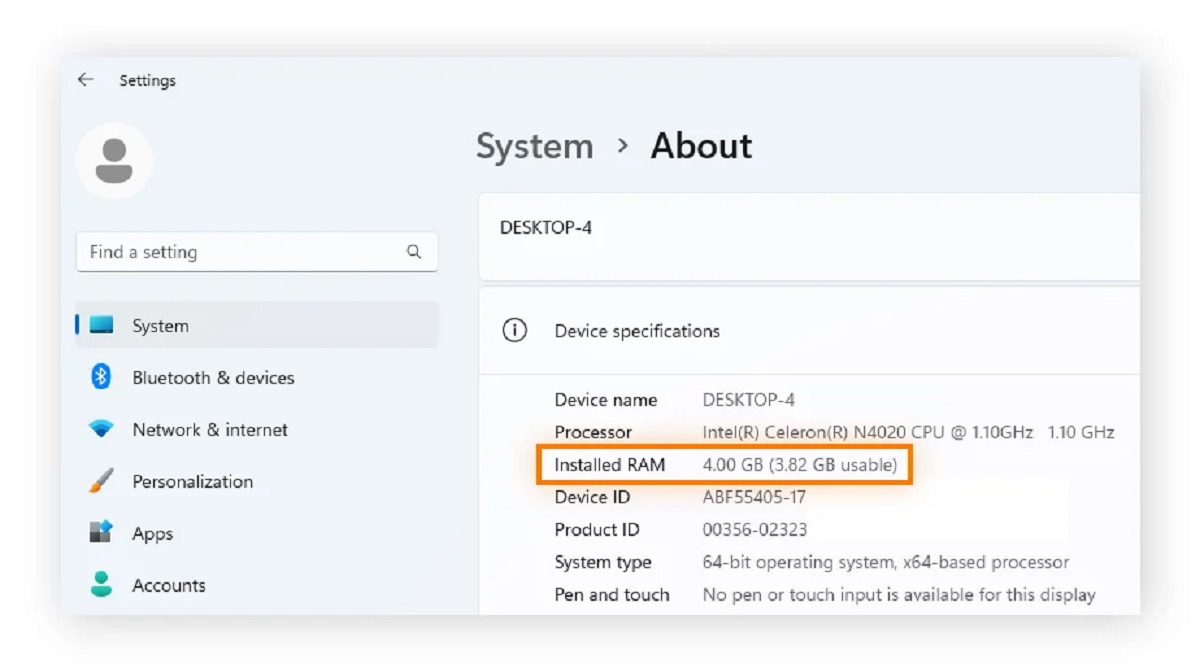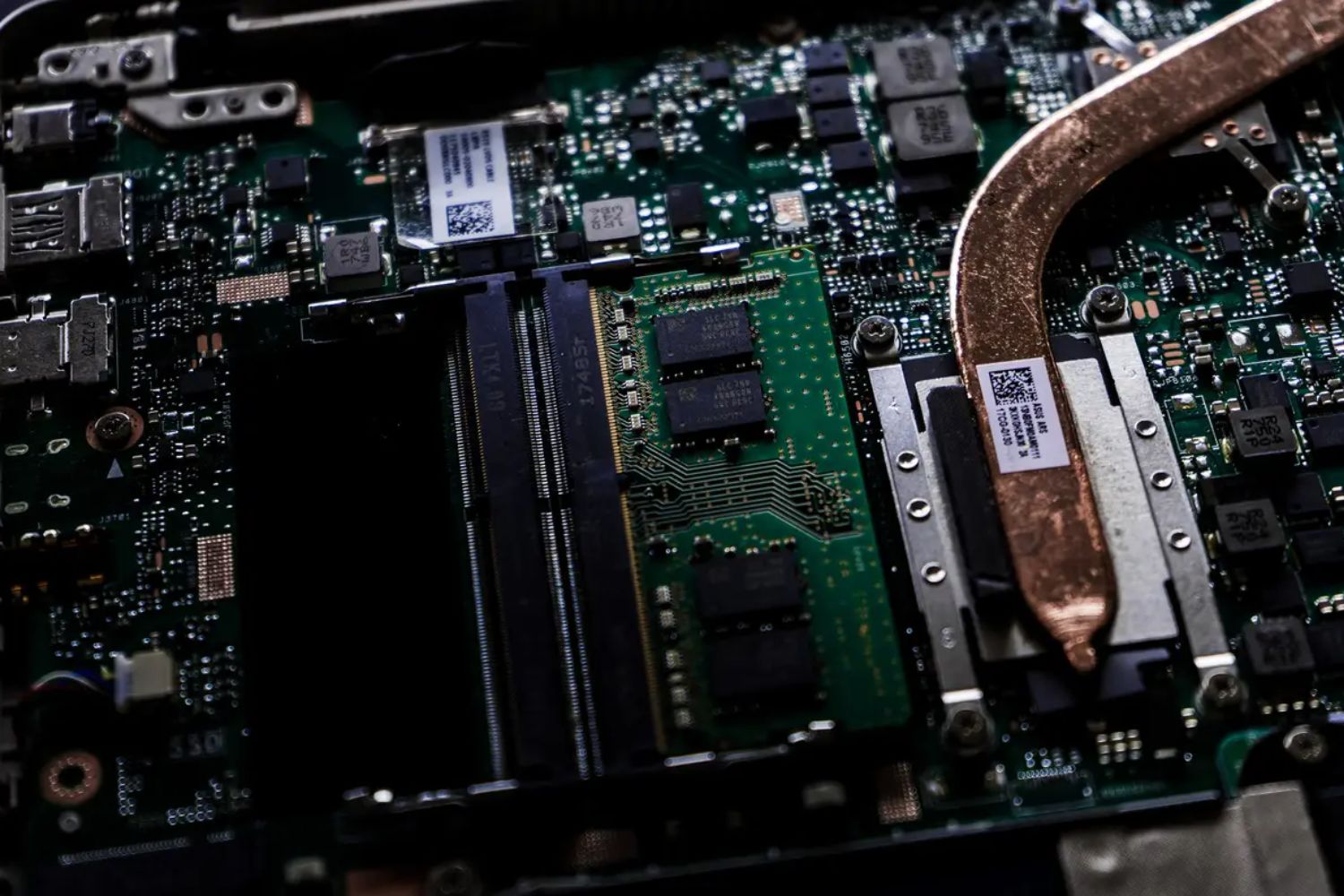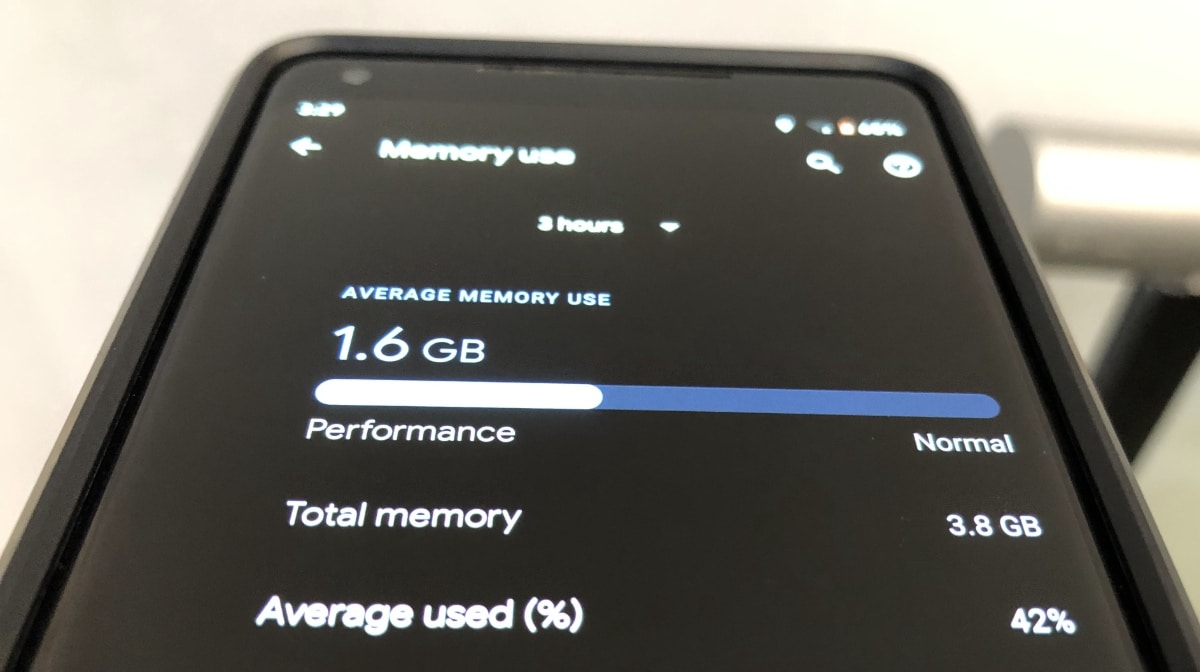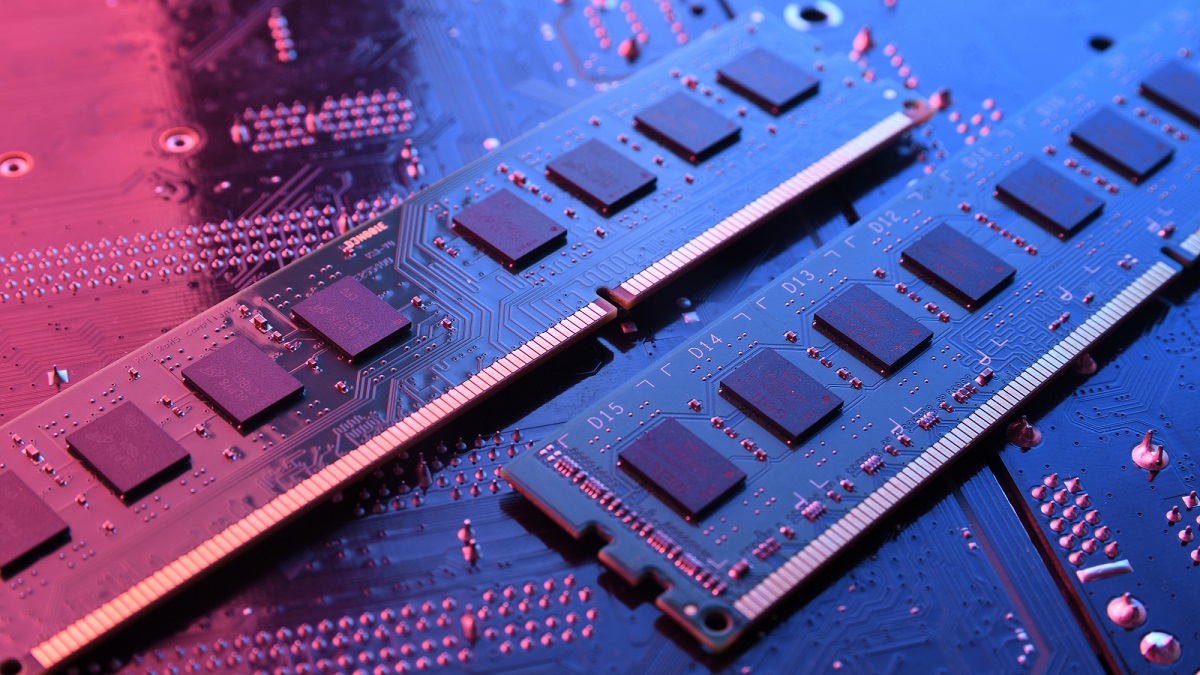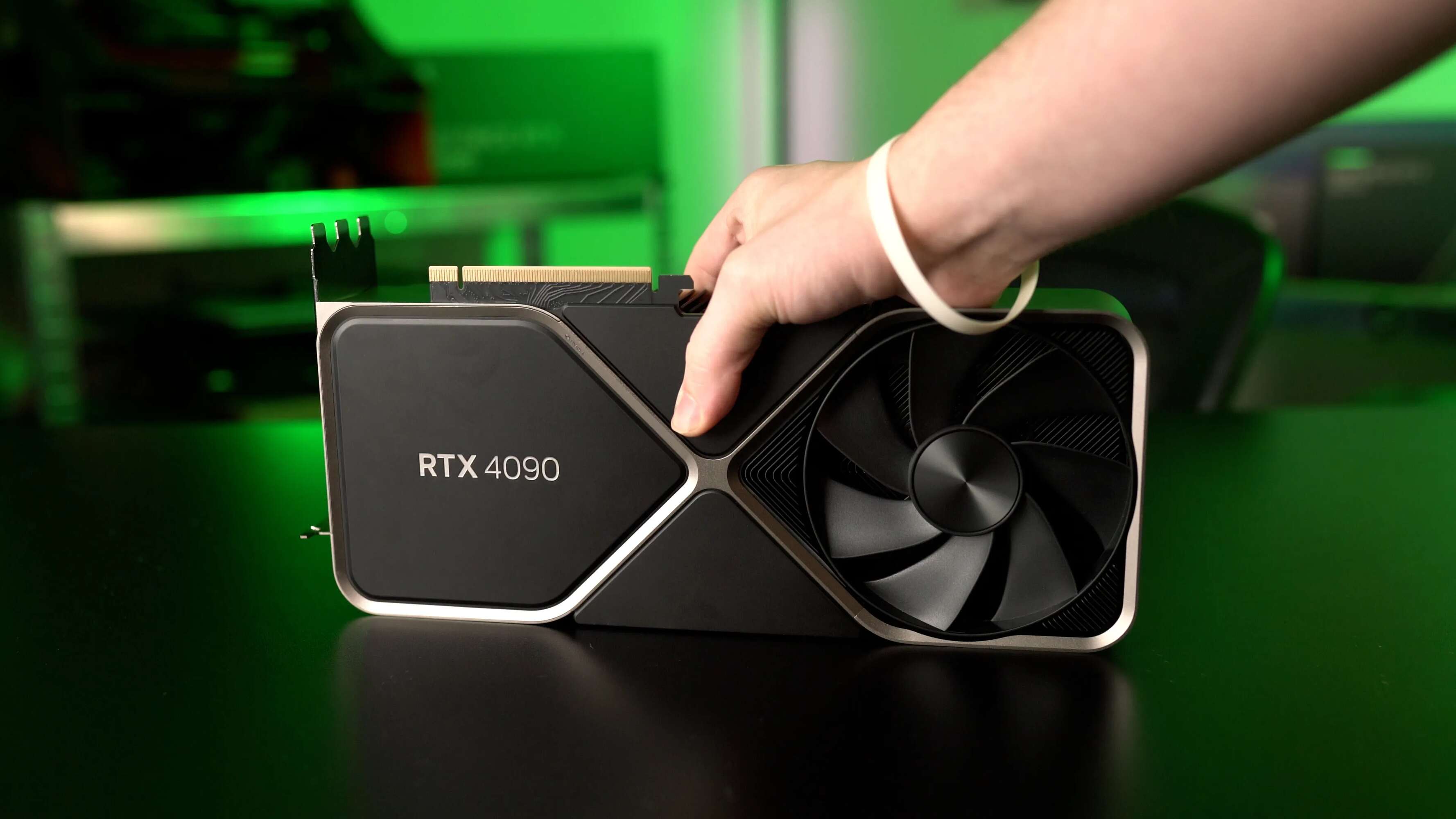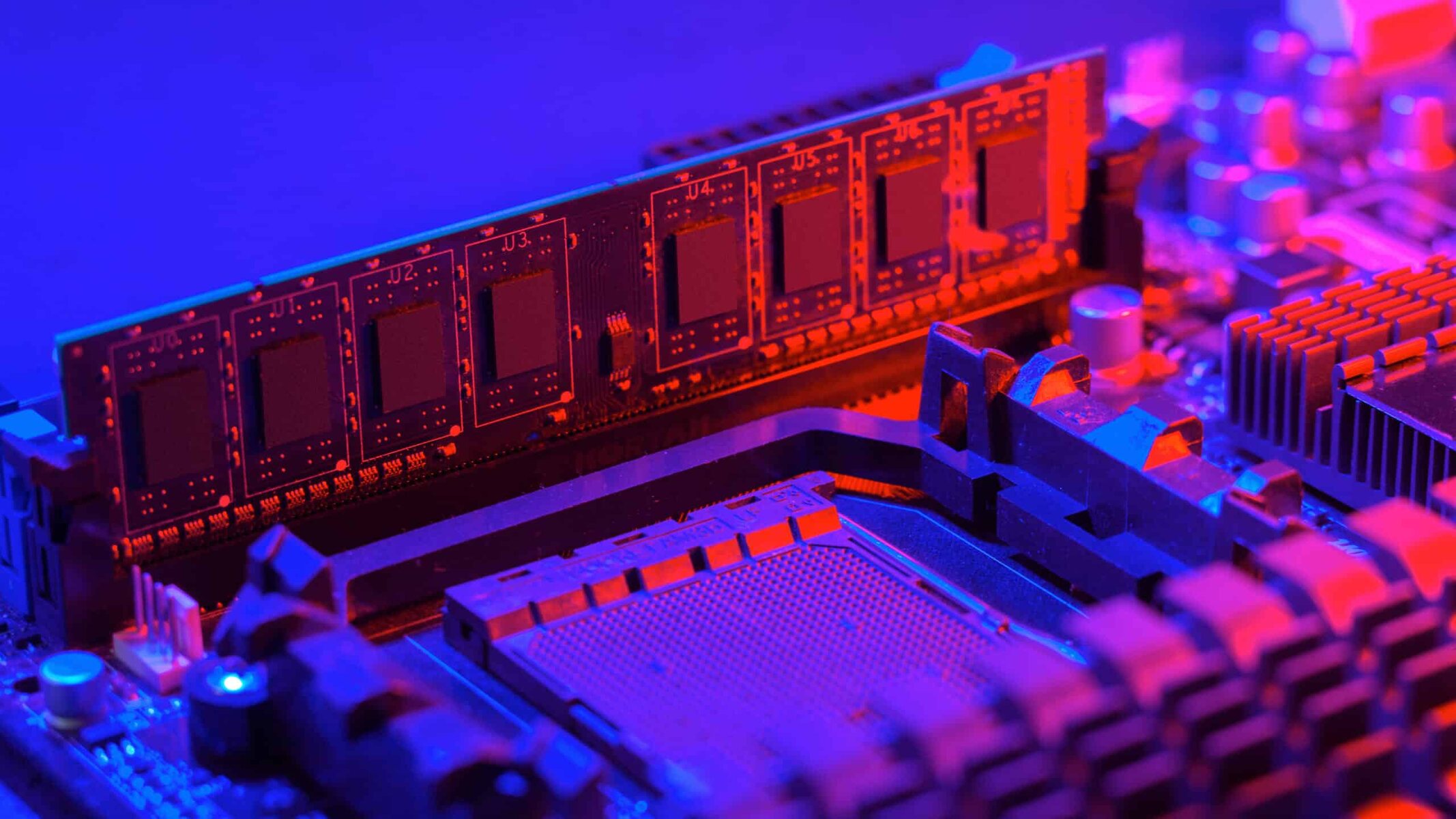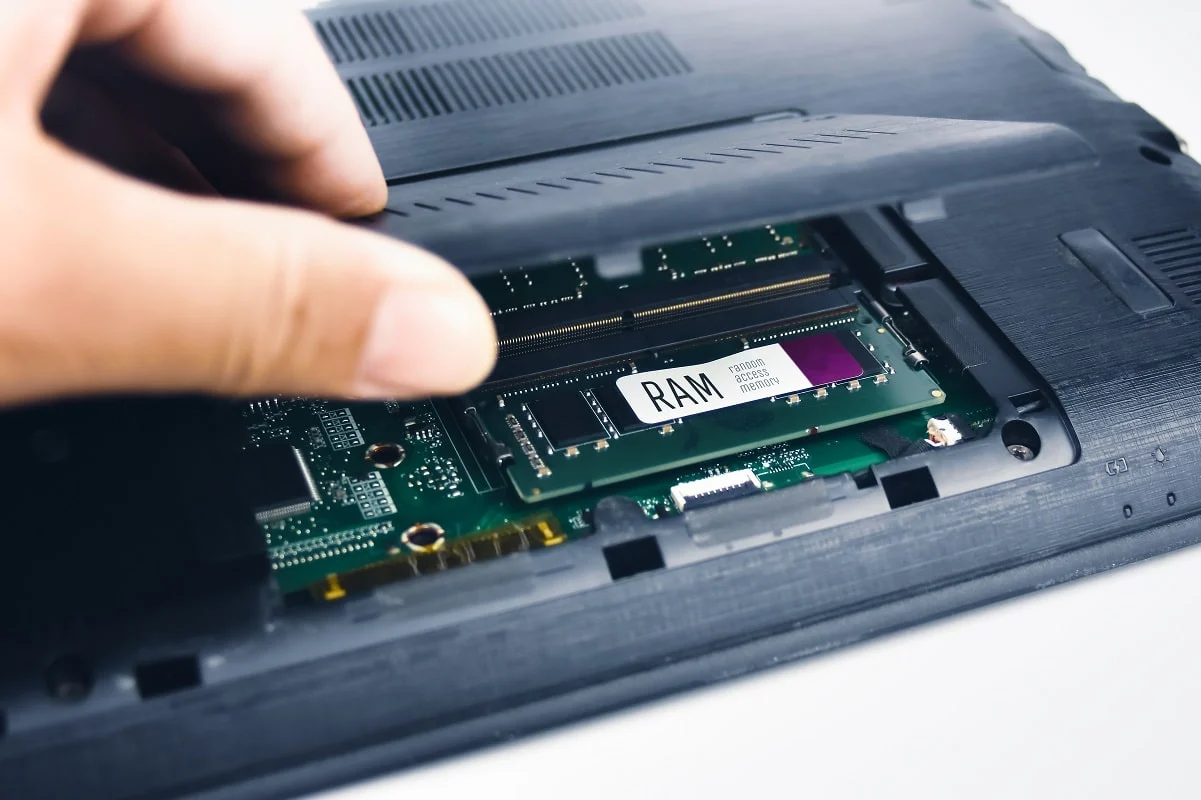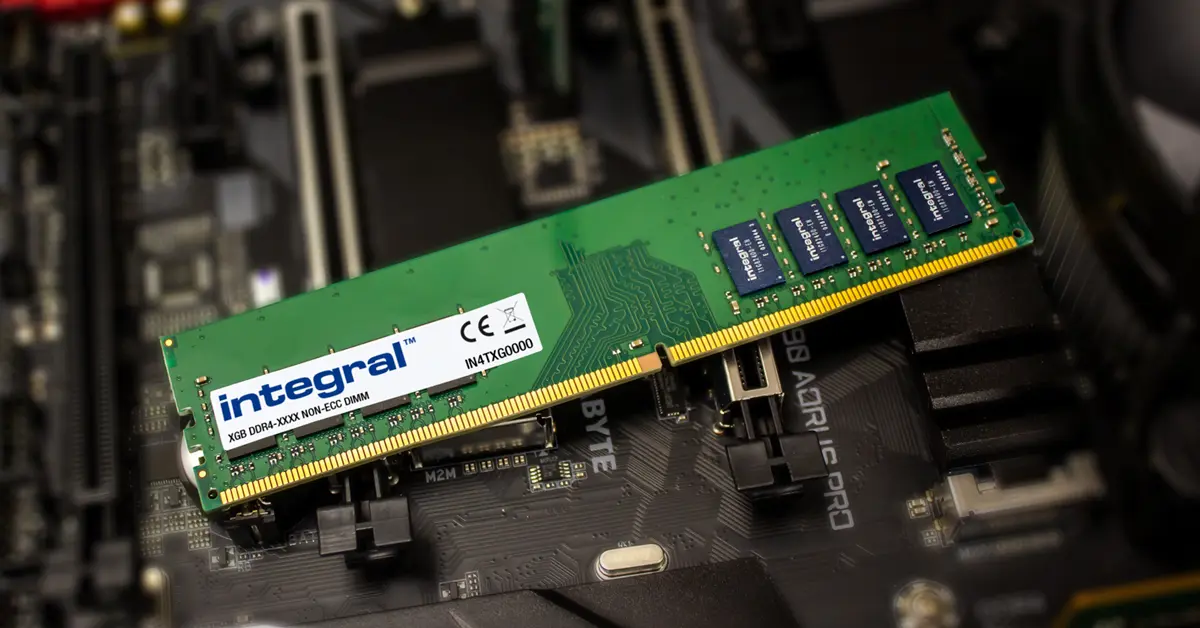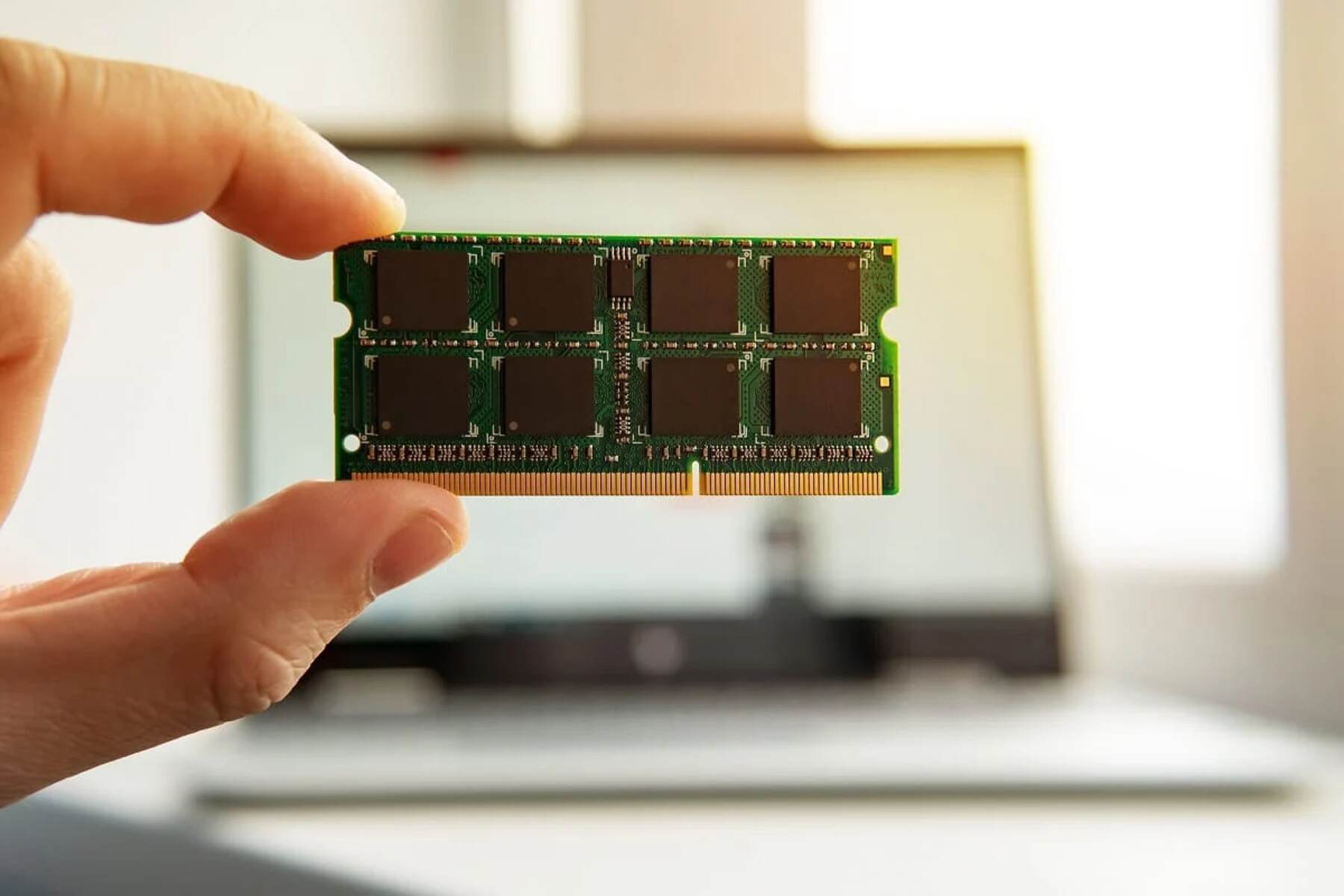Introduction
Welcome to the world of technology where RAM, or Random Access Memory, plays a crucial role in the performance of your computer. RAM is responsible for temporarily storing data that your computer needs to access quickly, such as open applications and operating systems. As you use various programs and perform tasks on your computer, the amount of RAM being utilized can impact the efficiency and speed of your system.
Whether you’re troubleshooting performance issues or simply curious about how your computer’s resources are being utilized, checking how much RAM is being used is a valuable piece of information. Fortunately, there are multiple methods you can employ to check the amount of RAM being used on your computer.
In this article, we will explore four different methods to check how much RAM is being used: using the Task Manager, the Resource Monitor, the Command Prompt, and third-party software. Each method offers its own unique approach and level of detail, allowing you to choose the one that best suits your needs.
So, whether you’re a tech enthusiast, a computer professional, or someone new to the world of technology, join us as we dive into the world of RAM monitoring and discover how to check how much RAM is being used on your computer!
Method 1: Use the Task Manager
One of the simplest and quickest ways to check how much RAM is being used on your computer is by using the Task Manager. The Task Manager is a built-in utility in Windows that provides a comprehensive view of the processes and performance of your system.
To access the Task Manager, right-click on the taskbar at the bottom of your screen and select “Task Manager” from the menu that appears. Once the Task Manager window opens, click on the “Performance” tab.
In the Performance tab, you’ll find a variety of useful information about your computer’s performance, including the total amount of RAM installed. The “Memory” section provides real-time data on how much RAM is currently being used, the amount of available RAM, and the percentage of RAM utilization.
Not only does the Task Manager show you the overall usage of RAM, but it also allows you to view the individual usage of specific applications or processes. To do this, simply click on the “Processes” tab in the Task Manager window. Here, you’ll see a list of all the running processes, along with the corresponding amount of RAM each process is using.
By monitoring the RAM usage in the Task Manager, you can easily identify any processes that may be consuming an unusually large amount of memory. This can help you identify and resolve any performance issues or memory leaks that may be impacting your system’s performance.
Overall, using the Task Manager to check how much RAM is being used provides a convenient and straightforward method for monitoring your computer’s memory usage. Whether you’re troubleshooting performance issues or simply curious about the resource allocation of your system, the Task Manager is a valuable tool that can provide you with the information you need.
Method 2: Use the Resource Monitor
If you’re looking for a more detailed and comprehensive view of how your computer is using RAM, the Resource Monitor is an excellent option. The Resource Monitor is another built-in utility in Windows that provides in-depth information about the resources being used by your system.
To access the Resource Monitor, there are a few ways. One way is to open the Task Manager by right-clicking on the taskbar and selecting “Task Manager”. In the Task Manager window, click on the “Performance” tab and then click on the “Open Resource Monitor” link at the bottom.
Another way to open the Resource Monitor is by typing “resmon” in the Windows search bar and selecting the “Resource Monitor” option from the search results.
Once the Resource Monitor window opens, click on the “Memory” tab to see detailed information about the usage of your RAM. Here, you’ll find a breakdown of how much memory is being used by various processes, including the amount of memory used by specific applications and the operating system.
One of the key features of the Resource Monitor is the ability to sort the processes based on their memory usage. By clicking on the “Working Set” column, you can arrange the processes in descending order, making it easy to identify which processes are using the most memory.
Aside from providing information about memory usage, the Resource Monitor also offers insights into other system resources, such as CPU, disk, and network utilization. This can be handy if you’re troubleshooting performance issues or trying to optimize resource allocation on your computer.
Overall, the Resource Monitor offers a comprehensive and detailed view of how your computer is utilizing RAM. Whether you’re a power user analyzing resource usage or simply curious about the allocation of memory on your system, the Resource Monitor is a valuable tool that can provide you with the insights you need.
Method 3: Use the Command Prompt
If you prefer a command-line approach or want a quick way to check the RAM usage without launching any graphical tools, you can use the Command Prompt in Windows. The Command Prompt allows you to access various system information and execute commands to gather specific data, including RAM usage.
To begin, open the Command Prompt by typing “cmd” in the Windows search bar and selecting the “Command Prompt” option from the search results.
Once the Command Prompt window opens, you can use the following command to check the RAM usage:
wmic OS get FreePhysicalMemory, TotalVisibleMemorySize
This command will provide you with the total available RAM (TotalVisibleMemorySize) and the amount of free RAM (FreePhysicalMemory) currently available on your system.
Additionally, if you want a more detailed breakdown of the memory usage by each process, you can utilize the following command:
tasklist /FI "MEMUSAGE gt 0" /FO TABLE
This command will present a table that lists all the running processes along with their corresponding memory usage. By default, it will display the process name, process ID, and memory usage in bytes. If you prefer a different output format, you can modify the “/FO” parameter accordingly.
Using the Command Prompt to check the RAM usage provides a lightweight and efficient method to gather information about your system’s memory utilization. Whether you’re a command-line enthusiast or need a quick way to check RAM usage without launching any graphical tools, the Command Prompt is a versatile tool that can serve your needs.
Method 4: Use Third-Party Software
If you’re looking for more advanced features and a visually appealing interface to monitor your computer’s RAM usage, third-party software can be a great option. There are numerous third-party applications available that specialize in system monitoring and provide detailed information about your computer’s resources, including RAM.
One popular and highly recommended third-party software for monitoring RAM usage is “HWiNFO”. HWiNFO is a powerful system information and diagnostic tool that provides comprehensive information about various aspects of your hardware, including memory usage.
To get started, you can visit the official HWiNFO website and download the application. Once installed, launch HWiNFO and navigate to the “Sensors” section.
Within the “Sensors” section, you’ll find various hardware sensors, including those related to memory usage. Look for the sensors labeled “Memory Used” or a similar designation, which will display the amount of memory currently being utilized on your computer.
HWiNFO provides real-time data and allows you to track the usage of individual processes, memory modules, and more. It can also display historical data, generate reports, and provide customizable alerts based on specified thresholds.
Another popular option is the “CPU-Z” software, primarily used for monitoring CPU information. However, it also provides detailed information about memory usage, including the type and size of the RAM installed in your system.
Simply download and install CPU-Z from the official website, launch the application, and navigate to the “Memory” tab. Here, you’ll find information about the RAM modules installed in your computer, including their type, size, and even timings.
These are just a couple of examples of the many third-party software options available for monitoring RAM usage. Depending on your preferences and specific requirements, you can explore different applications and find the one that suits your needs best.
Using third-party software can offer additional features, customization options, and a more user-friendly interface for monitoring your computer’s RAM usage. Consider trying out different applications to find the one that provides the level of detail and functionality you desire.
Conclusion
Checking how much RAM is being used on your computer is essential for optimizing performance, troubleshooting issues, and understanding how your system utilizes its resources. In this article, we explored four methods to check RAM usage: using the Task Manager, the Resource Monitor, the Command Prompt, and third-party software.
The Task Manager provides a simple and quick way to get an overall view of RAM usage, as well as individual process usage. It is a built-in utility in Windows that offers real-time data and can help identify memory-hungry processes.
The Resource Monitor offers a more detailed and comprehensive view of RAM usage, along with additional insights into other system resources. It provides in-depth information, sorting capabilities, and a graphical interface to analyze the allocation of memory.
The Command Prompt offers a lightweight and efficient approach to check RAM usage by executing specific commands. It is ideal for command-line enthusiasts or those who prefer a quick way to gather system information without launching graphical tools.
Third-party software, such as HWiNFO or CPU-Z, offers advanced features, visual appeal, and customization options. These applications provide comprehensive monitoring, historical data analysis, and more detailed information about system resources, including RAM.
By utilizing these methods, you can gain valuable insights into how much RAM is being used on your computer and identify any performance issues or memory-related problems. Remember to choose the method that best suits your needs and preferences.
So, whether you’re an enthusiast striving for optimal performance or simply curious about your system’s resource allocation, monitoring RAM usage is a crucial step. Take advantage of these methods to keep an eye on your computer’s RAM usage and ensure smooth and efficient operation.







